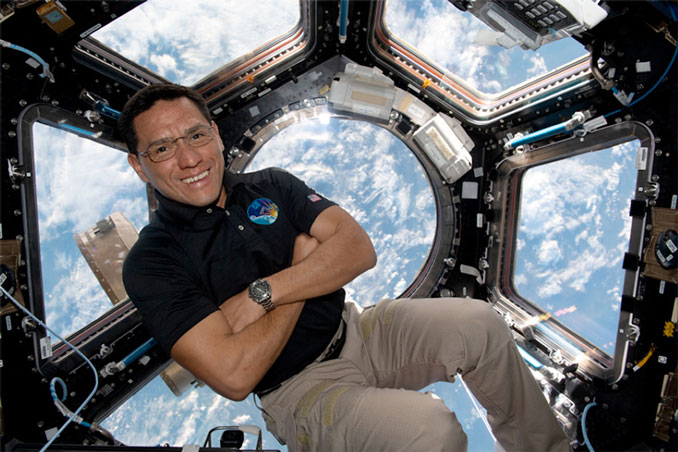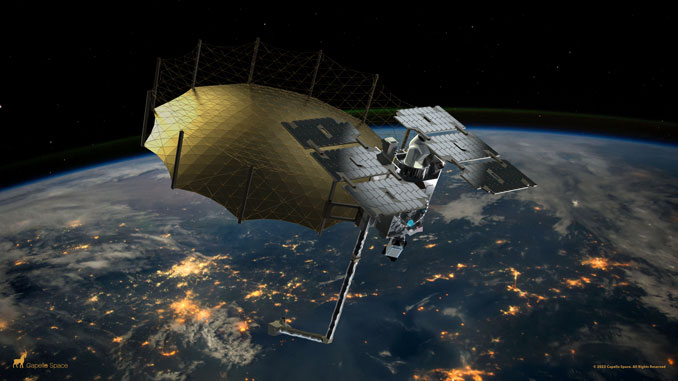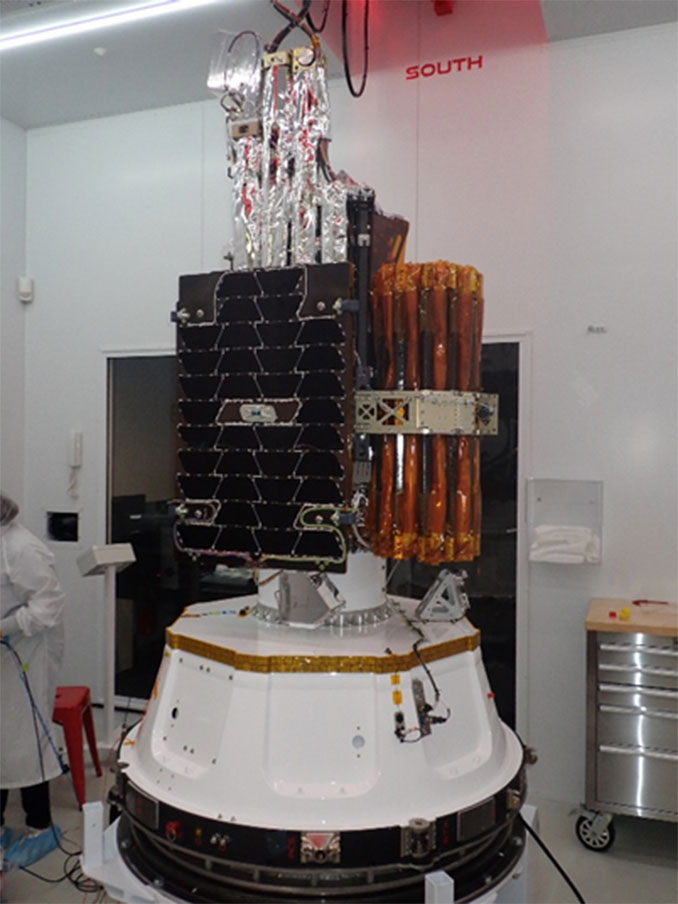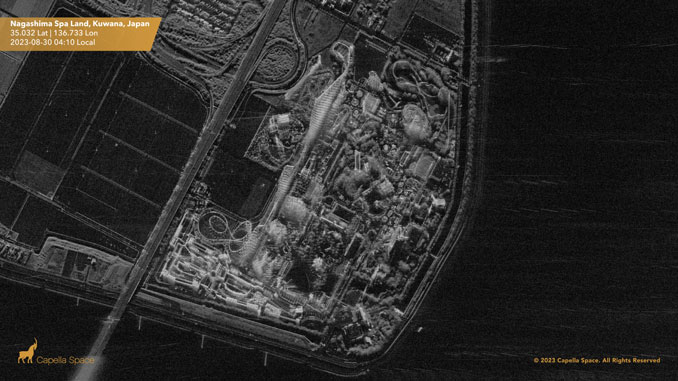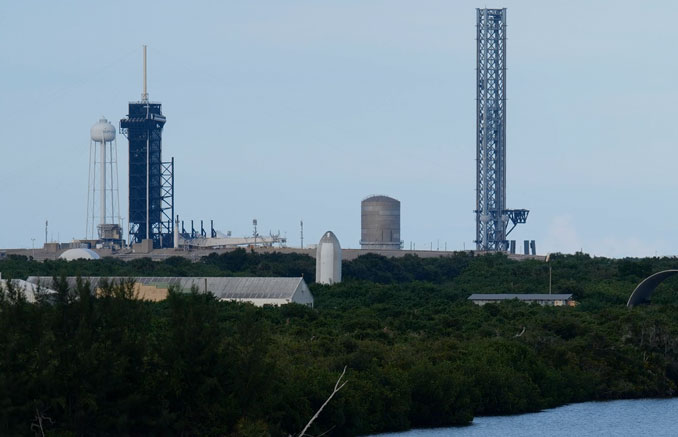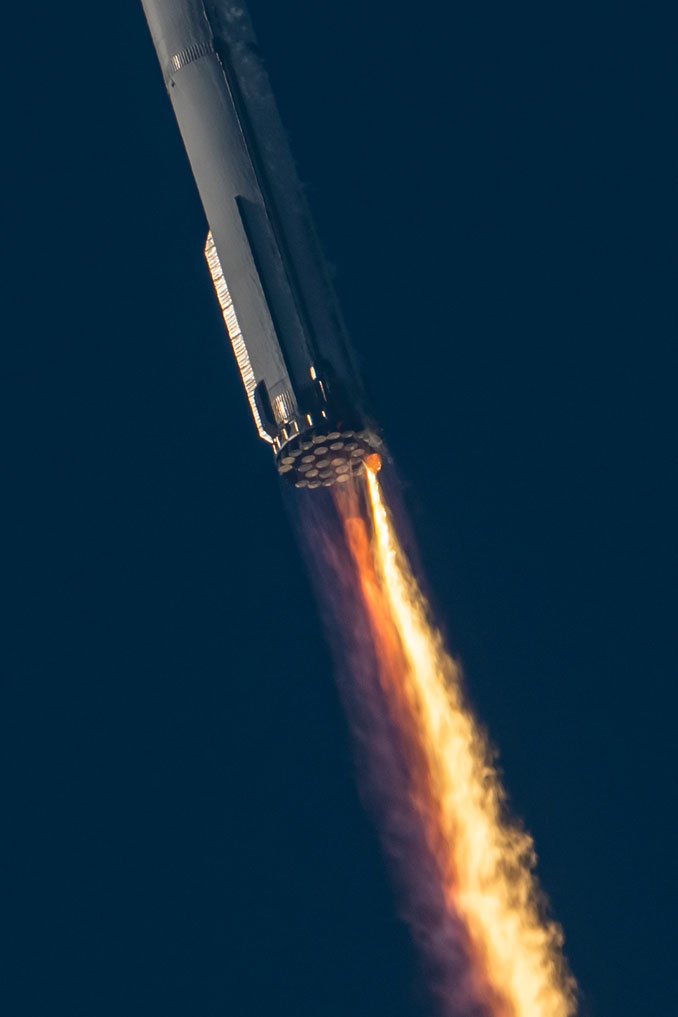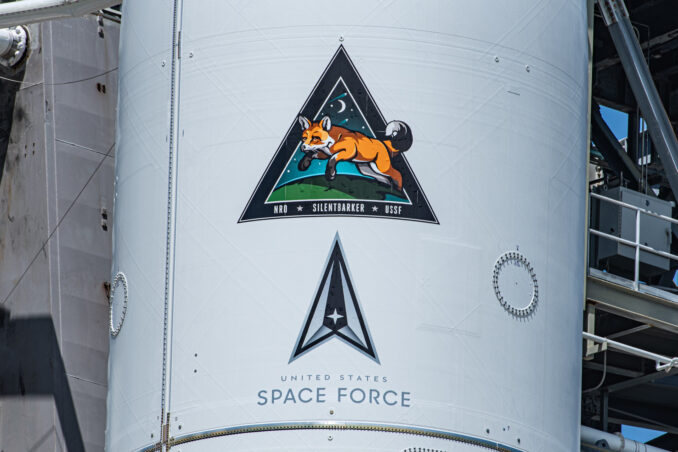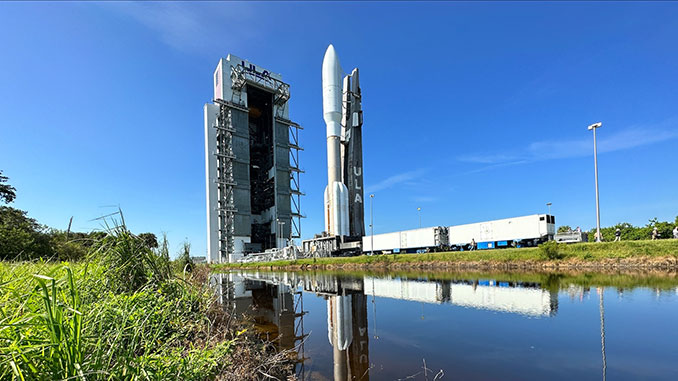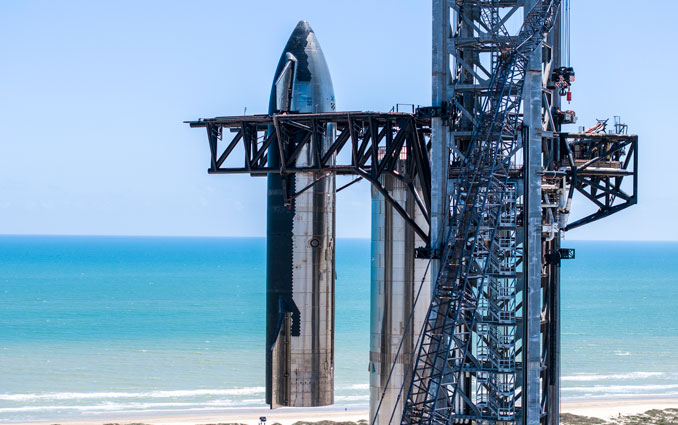A Japanese H-2A rocket is prepared for fueling on the launch pad Sunday. Image: MHI Launch Services.
A next-generation X-ray space telescope and an experimental lunar lander are back on the launch pad Wednesday after a ten-day delay. An H-2A rocket is scheduled to liftoff from the Tanegashima Space Center in Japan at 7:42 p.m. EDT (8:42 a.m. local time / 2342 UTC).
The launch was postponed from August 27 due to upper levels winds being out of limits for the ascent of the H-2A rocket.
The X-ray Imaging and Spectroscopy Mission, or XRISM for short, pronounced as ‘crism’ by the mission team, is a collaboration between the Japanese Space Agency JAXA, NASA and ESA, the European Space Agency. X-ray telescopes need to be placed in space as the Earth’s atmosphere blocks the wavelength. X-ray observations allow astronomers to study some of the hottest and largest objects in the Universe and the most powerful gravitational pulls, like black holes.
Artist’s concept of the XRSIM X-ray space telescope in orbit. Image: NASA Goddard Space Flight Center Conceptual Image Lab.
“Some of the things we hope to study with XRISM include the aftermath of stellar explosions and near-light-speed particle jets launched by supermassive black holes in the centers of galaxies,” said Richard Kelley, NASA’s XRISM principal investigator at the Goddard Space Flight Center in Greenbelt, Maryland. “But of course, we’re most excited about all the unexpected phenomena XRISM will discover as it observes our cosmos.”
There are two main instruments aboard XRISM. Resolve, which will perform X-ray spectroscopy, that is cooled close to absolute zero by liquid helium, and Xtend, a camera that will image the cosmos with X-ray vision.



